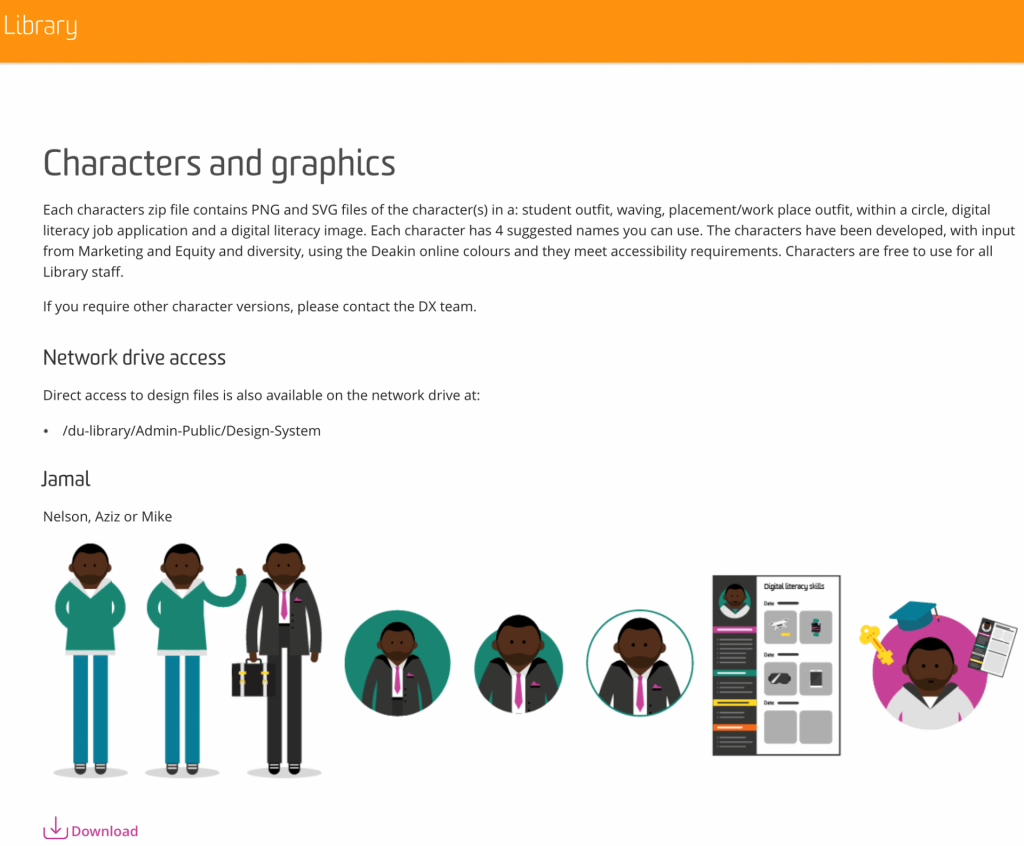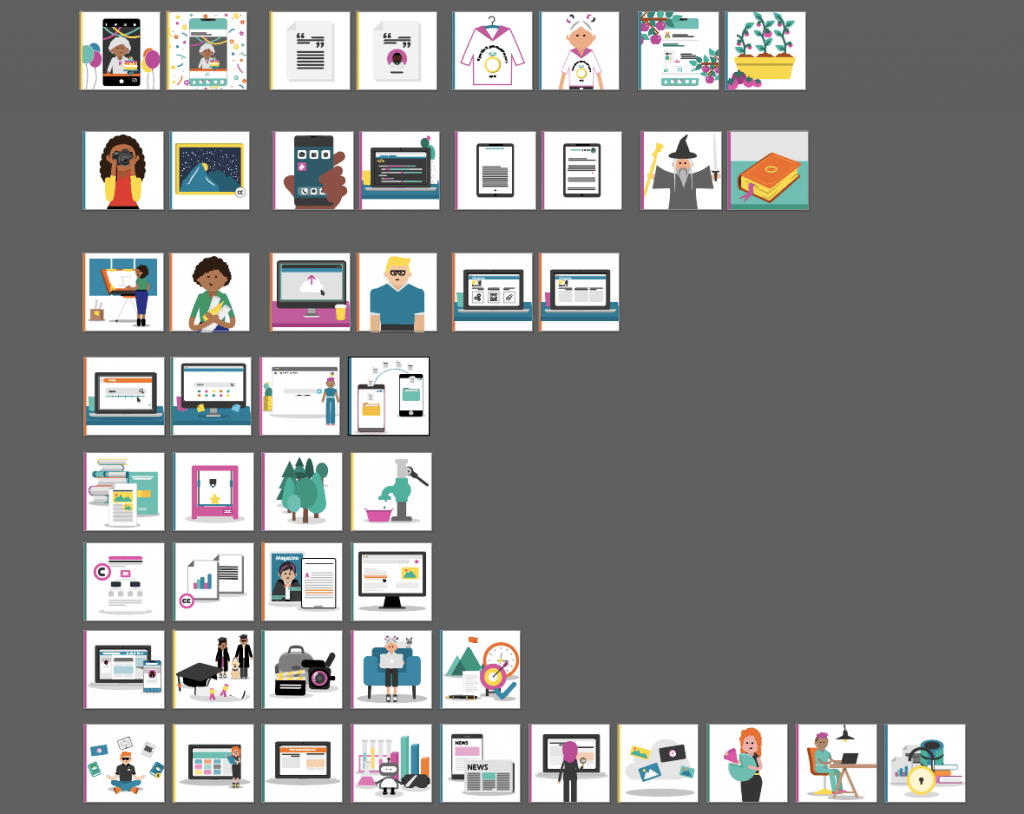By Sarah Fennelly, Digital Designer, Deakin University Library
Our problem
Deakin University Library’s Digital Experience (DX) team is charged with delivering high-quality, consistent and scalable digital solutions across a range of library platforms and channels. However, we found ourselves with multiple challenges in delivering good on this:
- There wasn’t a library-specific design reference for our developers, designers and digital content managers to help them manage consistency of look, feel and functionality across our digital library ecosystem, and to maintain accessibility, brand and design standards.
- We often ‘reinvented the wheel’ when it came to digital design; library staff presented with differing design requests and needs, and the DX team often ended up creating bespoke designs to accommodate this.
- At other times, librarians created their own design elements with little or no input from the DX team, and with limited understanding of design best practice, accessibility and brand requirements.
Our Solution
Our solution was to create the Library Design System (LDS), a website that provides the source of truth for library-specific design elements used across our digital ecosystem. The LDS references and extends upon existing university-wide design guidelines and tool kits to provide targeted and more library-focussed design direction.
The LDS is divided into two main areas:
- Referencing guide for the library’s professional designers, developers and content managers to use across web interfaces and systems.
- Design assets and templates created to specifically help librarians and library staff without professional design expertise.
Referencing guide
The sections used predominantly by the professional design, developers and content managers are:
- Components: These are a selection of interface elements that can be reused across the library’s digital ecosystem. These elements include buttons, colour, forms, grids, headers and footers, logos, navigation, tables and typography.
- Interface inventory: A table that identifies library systems, platforms, products and applications with a student and/or researcher interface.
Design assets and templates
The sections used to help librarians and library staff without professional design expertise are:

- Characters: A suit of characters developed to represent our Deakin cohort.Graphics: Multiple sets of library and faculty specific graphics.
- Graphics: Multiple sets of library and faculty specific graphics.

- Iconography: Currently 189 icons in branded accessible colours in both SVG and PNG formats.
- Templates: D2L banners, photographs and the advanced search graphic.
- Print: Deakin printer details.

- Scenes: A series of PNG graphics that staff can use to build their own images or scenes, by layering the graphics in provided H5P, PowerPoint or Adobe Illustrator templates.
- Video and audio: Deakin branded top and tail videos, videos created by the DX team, in conjunction with the library Learning and Teaching team and the library communications manager.
The future
The LDS is not a ‘set and forget’ resource; it will continue to adapt as a design resource to support all library staff. We will continue to maintain, update and grow the LDS to reflect changing university and library brand needs and changes in the library’s complex digital ecosystem.
Good design is imperative in our complex digital ecosystem. Design that reduces cognitive load through visual and functional consistency, allows our students to focus on learning and understanding the course content we deliver.
By Sarah Fennelly, Digital Designer, Deakin University Library, s.mccormick@deakin.edu.au

